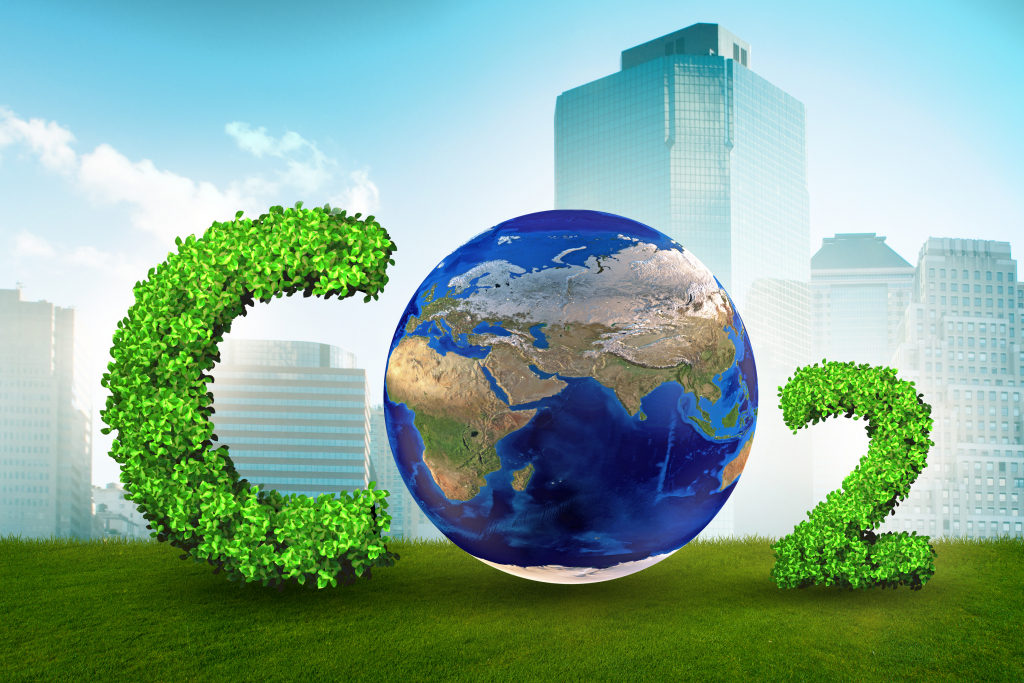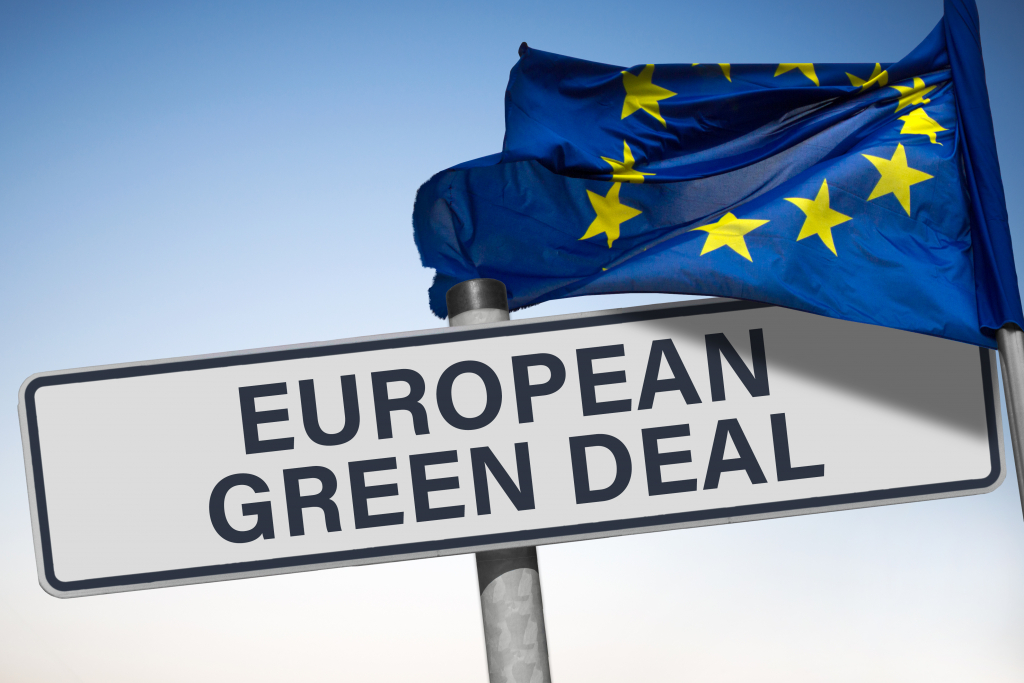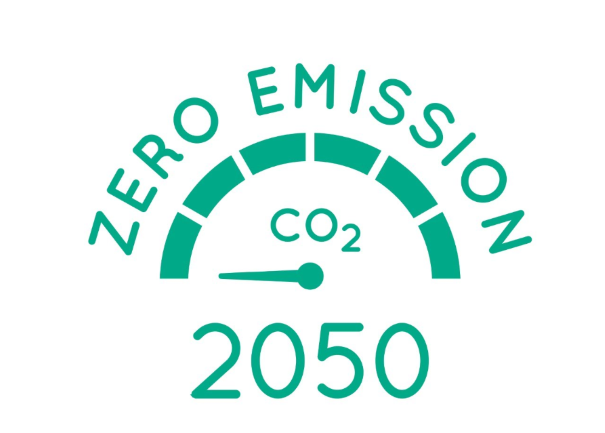- Products
- Systems
- Tools & Services
News
Environmental impact of ETICS offered by Atlas

Preventing environmental degradation and climate changes are some of the primary challenges of our civilization. Transformation of the construction sector, which consumes vast amounts of raw materials, and emits significant amounts of greenhouse gas (GHG) and waste, are essential to reduce emissions and stop negative environmental changes. In 2019, almost 40% of energy-and process-related emissions came from buildings and the construction sector [1].

The European Union, recognizing the importance of climate problems and environmental degradation and understanding the need to urgently intensify actions to reduce the threat not only to Europe but also to the whole world, in December 2019, adopted an action plan called the European Green Deal (EGD) [2].
The goal of the EGD is to transform the EU economy into a modern, resource-efficient, and competitive economy. The plan’s primary goals are to achieve a net-zero level of greenhouse gas (GHG) by 2050, separate economic growth from resource consumption. EU must implement these activities so that no person or region is left behind.
From the construction perspective, achieving the goals set by the EU for GHG emissions by 2050 will be primarily possible by:
- reducing energy use in new and existing buildings;
- optimizing the use of renewable energy sources;
- decarbonizing all energy supplies to buildings;
- minimizing embodied GHG emissions in construction materials and construction works (construction, renovation, and demolition) both in the construction of new and renovated existing buildings;
- GHG emissions reduction from building operations.
On the European market, the most widely used solution to increase the thermal resistance of walls is the External Thermal Insulation Composite System (ETICS). The European market together with Russia in 2020 was estimated at a record number of 332 million square meters of insulated external walls of buildings with the share of the two the most important thermal insulation products used in ETICS, i.e., expanded polystyrene (EPS) and mineral wool (MW) equal to 80% versus 15% [3].
ETICS should not be considered only to improve the energy efficiency of buildings by reducing the need for operational energy. It is the essential dimension of the use of ETICS. Nevertheless, one should assess ETICS like any other construction product through the entire life cycle dimension. To improve the energy efficiency of buildings, ETICS is constantly developing in connection with the legal regulations on the energy performance of facilities present in the extent of legislation at the EU and national levels.

Unfortunately, much less is constantly devoted to the entire life cycle issues. And yet the problems associated with minimizing embodied GHG emissions in construction materials are essential dimensions of the fight against climate change, environmental degradation, and sustainable resource management. One of the reasons for this state of affairs is the fact that the assessment of construction products in the field of sustainable use of natural resources in the construction regulations appeared on July 1, 2013, i.e., on the date when the Construction Products Regulation (CPR) came into force [4]. In addition, the sustainability assessment of construction products is not obligatory. The current work on harmonizing sustainability requirements does not indicate that significant changes in this area will appear soon after. From 2012, i.e., when EN 15804 was published, the product’s manufacturer may voluntarily submit it to an environmental impact assessment [5].
As a leading manufacturer, Atlas has developed Environmental Product Declarations (EPDs) for many of its products.
For EPDs offered by Atlas construction products, EPDs for ETICS were created by following EN 15804, and their content was verified following ISO 14025 [6] by Building Research Institute (ITB) experts. The life cycle analysis of different ETICS covered modules A1 to A3, i.e., from raw material extraction to the finished product delivered to the factory gate.
EPDs for different ETICS offered by Atlas are available at:
ENVIRONMENTAL-PRODUCT-DECLARATION-ETICS.pdf (atlas.com.pl) (EPS-ETICS)
ENVIRONMENTAL-PRODUCT-DECLARATION-ROKER.pdf (atlas.com.pl) (MW-ETICS)
JACEK MICHALAK Vice-President for R&D
References:
1. Global Alliance for Buildings and Construction, International Energy Agency and the United Nations Environment Programme. 2019 Global Status Report for Buildings and Construction: Towards a Zero-emission, Efficient and Resilient Buildings and Construction Sector. Available online: https://www.worldgbc.org/news-media/2019-global-status-report-buildings-andconstruction.
2. European Commission. The European Green Deal; European Commission: Brussels, Belgium, 2019.
3. Pasker, R. The European ETICS Market at a Glance: Facts, Figures, Latest Trends. In Proceedings of the 5th European ETICS Forum, Prague, Czech Republic, 16 September 2021; European Association for External Thermal Insulation Composite Systems (EAE): Berlin, Germany, 2021.
4. Regulation (EU) No. 305/2011 of the European Parliament and of the Council. Available online: https://eur-lex.europa.eu/legal-content/EN/TXT/?uri=CELEX:32011R0305.
5. European Committee for Standardization (CEN). EN 15804:2012 Sustainability of Construction Works-Environmental Product Declarations – Core Rules for the Product Category of Construction Product; European Committee for Standardization (CEN): Brussels, Belgium, 2012.
6. International Organization for Standardization (ISO). ISO 14025:2006 Environmental Labels and Declarations – Type III Environmental Declarations – Principles and Procedures; International Organization for Standardization (ISO): Geneva, Switzerland, 2006.











